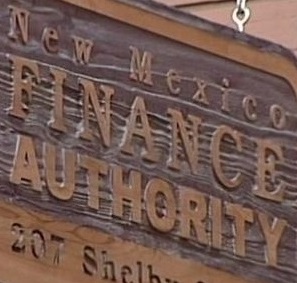 Toby Rittner wants to help communities leverage their limited financial resources to solve the needs of business, industry, developers and investors.
Toby Rittner wants to help communities leverage their limited financial resources to solve the needs of business, industry, developers and investors.
Rittner is CEO of the Council of Development Finance Agencies, a nonprofit organization that provides research, training and technical assistance to government entities that want to explore how bonds and other development financing tools can support and encourage public and private investment in infrastructure, redevelopment and other projects that benefit a community’s economy.
Most people are familiar with general obligation (GO) bonds, which are used to finance public projects such as building or repairing roads, sewers, schools and water treatment facilities and to purchase essential equipment to meet public needs. When tax-exempt GO bonds are offered to investors, the revenue provides capital needed to pay for a project, and the governmental entity repays the debt, with interest, to investors.
In a similar vein, private activity bonds (PABs) allow governments to act as conduits for private businesses that need to raise money to support their growth so they can bring jobs and prosperity to a community. Governments issue PABs to accelerate a business’s growth and lower its cost of raising capital.
“A PAB allows a private borrower to access a market that is more affordable than traditional finance,” Rittner said. For example, a manufacturer might need $5 million to expand its facility and hire more workers. A bank might offer a loan at 9 percent interest, but a PAB might only cost 5 percent, which would save the company hundreds of thousands of dollars.
“The No. 1 misconception (about PABs) is that the issuer is on the hook,” Rittner said. But PABs are not incentives, giveaways or free money. Because the government is just a vehicle, taxpayers aren’t liable if the business fails: In that case, the investors who bought the bond are responsible for the debt.
And bond issuers aren’t involved in the payment process. PABs are paid back over time using a trustee that manages the payments made by the private business and paid to the bondholders.
Governments interested in issuing a PAB should talk to a lawyer before committing to a project, Rittner said, because the range of PAB categories is as broad as the rules mandated for each.
Private airports, docks and wharves, for example, might qualify under exempt facility bonds, while redevelopment projects in blighted areas might fall under qualified redevelopment bonds. Nonprofits such as schools and hospitals come under 501(c)(3) bonds, and “aggie” bonds help farmers with eligible purchases of farmland equipment, buildings and livestock.
“You need good bond counsel on transactions” to navigate the rules and regulations, Rittner said.
Bonds are complex, and lack of knowledge causes them to be underutilized. But the potential benefits of PABs make them worth consideration for governments that want to do whatever they can to support industry, improve community infrastructure and amenities and provide investment opportunities.
For more information about development financing tools, click on the Resource Center tab at cdfa.net. To discuss financing options, call the New Mexico Economic Development Department’s finance development team at (505) 827-0264.
Finance New Mexico Article 567

What are eligibility requirements for PAB and redevelopment bonds?
Thanks for your question. Because we were told PABs are complicated, we suggest you contact our source, Toby Rittner at the Council of Development Finance Agencies. Rittner indicated in a webinar that he would be happy to provide additional information. Contact him throught the nonprofit organization’s website: https://www.cdfa.net/